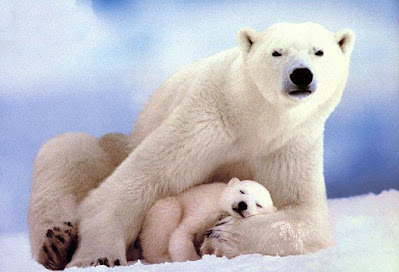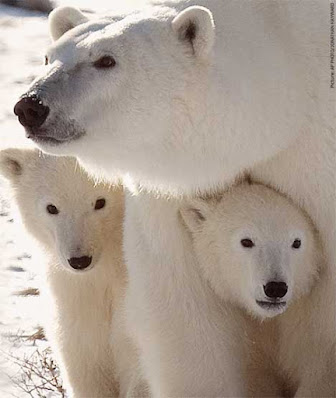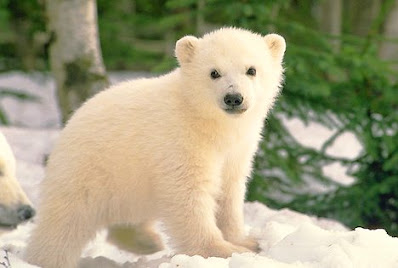The Arctic, a land of immense beauty and harsh realities, is home to one of the Earth's most captivating creatures: the polar bear. These magnificent giants roam the frozen expanses, hunting seals and navigating the ever-shifting sea ice. Yet, amongst the power and resilience of these apex predators lies a vulnerable side - the delicate lives of polar bear cubs.
Newborn Cubs: Tiny Treasures in a Frigid World
Born during the frigid winter months, polar bear cubs enter the world blind, toothless, and weighing a mere kilogram. Huddled within their mother's snowy den, these fragile bundles rely solely on her warmth and nutrient-rich milk for survival. Their thick white fur, barely visible at birth, gradually grows, offering essential insulation against the biting Arctic wind.
A Bond of Love and Learning
The mother bear provides more than just sustenance. She becomes the cubs' teacher, guiding them through the crucial first two years of life. From navigating the den's icy tunnels to mastering the art of stalking and pouncing, every interaction is a lesson in survival. Playful wrestling matches hone their hunting skills, while patient observation equips them with the knowledge to become successful predators.
Facing the Challenges of a Changing Arctic
However, the idyllic world of polar bear cubs is under threat. Climate change is rapidly altering the Arctic landscape, melting sea ice at an alarming rate. This shrinking hunting ground makes it increasingly difficult for mothers to find enough food for themselves and their cubs. With shorter hunting seasons and longer periods of fasting, many cubs struggle to reach adulthood.
A Call to Action for Vulnerable Lives
The plight of polar bear cubs serves as a stark reminder of the interconnectedness of our planet. Their struggle for survival is a window into the broader challenges facing the Arctic ecosystem and the domino effect climate change has on all living things. By raising awareness, advocating for responsible climate action, and supporting conservation efforts, we can help ensure a future where these magnificent creatures continue to thrive in the icy embrace of the Arctic.









.-The-cat-sits-elegantly,-reflecting-its-calm-demeanor-and-sophisticated-appearance,-with-soft,-flowing-fur-and-a-sl.jpg)
0 Comments